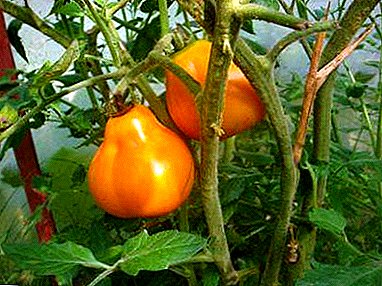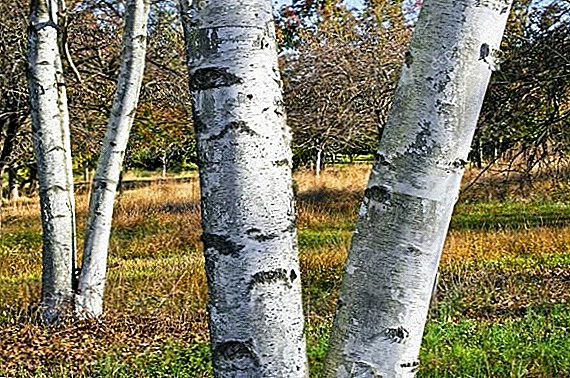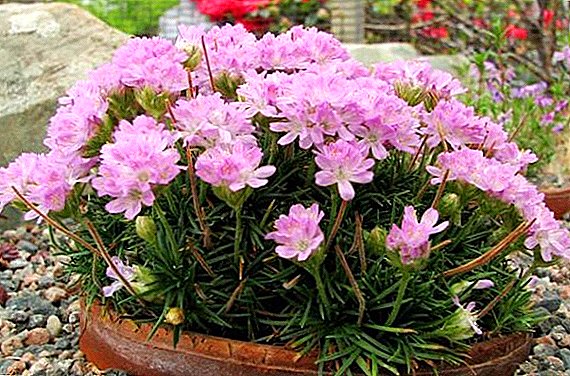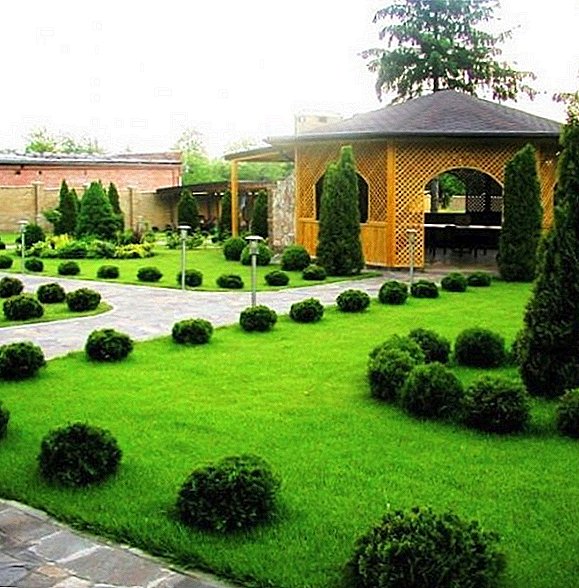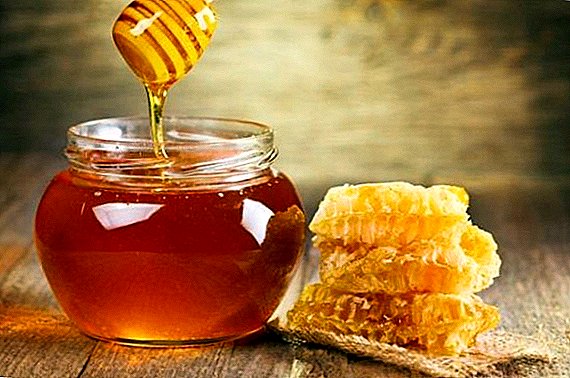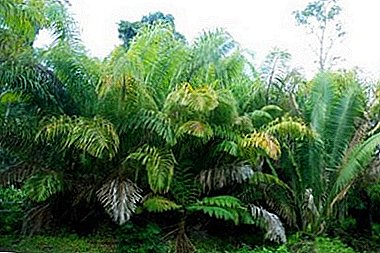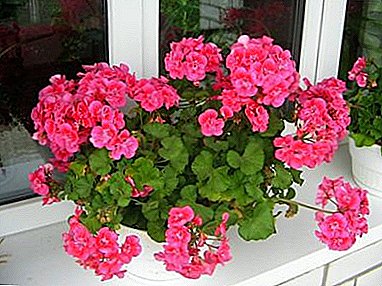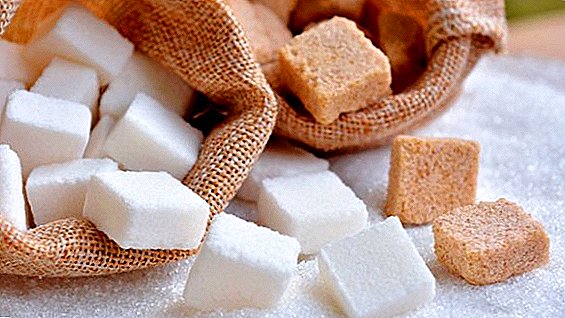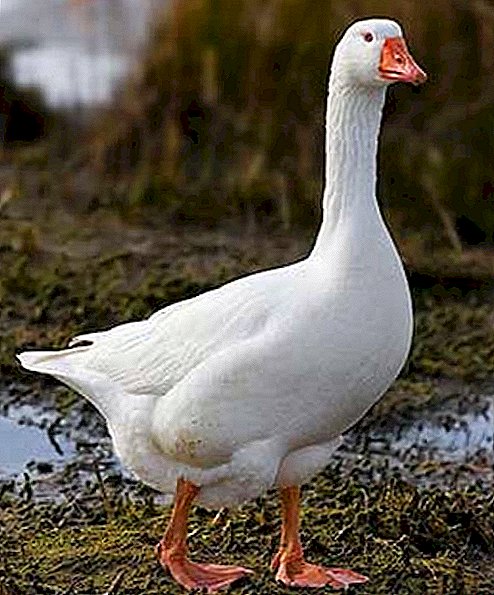 When choosing geese for breeding a lot of questions arise in the course of determining the desired breed. Very often, people stop at the breed of Danish geese Mamut, because it combines many positive characteristics for the bird. But before you start the birds of this breed in your household, you should be familiar with the conditions that are necessary for the maintenance of these geese, as well as the features of care for them.
When choosing geese for breeding a lot of questions arise in the course of determining the desired breed. Very often, people stop at the breed of Danish geese Mamut, because it combines many positive characteristics for the bird. But before you start the birds of this breed in your household, you should be familiar with the conditions that are necessary for the maintenance of these geese, as well as the features of care for them.
History reference
This breed was bred with the help of a selection of Land goose and Toulouse gray. The name "Mamut" means "big", which is one of the most important characteristics of this species.
Did you know? Goose is a sacred bird in Tibet.
For the first time these birds were bred in Denmark, and on the territory of Ukraine and Russia were relatively recently - in 1996. Officially, they are not registered in the post-Soviet countries. 
Description and external features
Mamuts have a very good set of productive and external characteristics.
- Color and plumage: dense white cover.
- Weight: female - 8-10 kg, male - 11-13 kg.
- Beak: bright yellow, sometimes may have a darker shade.
- Nadlobnaya bump: missing.
- Eyes: blue or blue, round shape.
- Neck and head: Long, well arched neck with a rounded, medium sized head.
- Paws: large size, pink-orange color.
- Torso: oval shape, large size.
Read more about such breeds of geese for home breeding as Chinese, governor, Kuban, Toulouse, Kholmogory, Linda, Arzamas, Danish legart, Hungarian white, Rhine, Gorky and Tula.
Thus, we see that the Danish goose has standard characteristics, but at the same time it is larger.
Video: Mamut geese breed
Beginning and average annual egg production
These birds begin to sweep for 200-220 days of life. Egg production is approximately 50 eggs per year. Goslings appear on the 25-27th day, while they have a high level of survival - 85%, do not require special care and develop quickly.
Important! When breeding, it is necessary to ensure that geese are not even very distant relatives, as this may lead to diseases and pathologies of future offspring.
If the goose does not incubate the egg, then it can be put to another bird, the main thing is not to leave the egg without the hen, otherwise the embryo will die. Another solution could be an incubator.
Conditions of detention
In order for the geese to quickly gain the necessary weight, show high egg production and are generally active and healthy, they need to ensure good conditions for their housing. 
Room Requirements
The maintenance of this type of bird is quite economical. In the open area with a hedge they can be kept until the autumn, until it becomes cold. After lowering the temperature they must be placed in the house.
In the house should be organized litter of sawdust or a special mixture of pebbles, height 20-25 cm. The floor is recommended to be made of concrete, it will help control the level of humidity, which should not exceed 75%.
Did you know? Geese choose one partner for life. If he dies, the bird grieves for several years before choosing a new partner.
It is advisable to upholster the walls of the room with such materials that will keep it warm and easy to clean. There must also be enough space for the birds to feel at ease. Standard is the placement of 3 individuals per 1 square. m  Good ventilation is also necessary; for this, the presence of windows or specially equipped ventilation is desirable. Nests are made of 2 goose per 1 nest.
Good ventilation is also necessary; for this, the presence of windows or specially equipped ventilation is desirable. Nests are made of 2 goose per 1 nest.
Walking
Even when keeping geese in an open-air cage, poultry house and other premises, a well-fenced range must be available. The ideal option would be the availability of space for walking, poultry house and pond. But not always the conditions allow to fulfill these requirements. Then enough of a small plot for walking.
It will be interesting to read about how to grow geese at home, how to choose a goose for a tribe, how to determine the sex of the geese when the geese start to fly at home, as well as how many eggs the goose carries.
How to endure the winter cold
Unlike other bird species, geese are very resistant to winter cold. They calmly tolerate temperatures up to 0 ° C. Although it is desirable that the house was warm: it is recommended to maintain the room temperature at +14 ° C. 
What to feed
Danish geese Mamut are distinguished by the fact that they consume no more than 95 kg of feed per animal per year, which is rather low compared with other species. In this case, the food should differ depending on the age and other characteristics of the bird.
Adult flock
Compound feed or mixtures for geese, finely ground from different types of cereals, as well as cooked and raw vegetables are suitable for feeding adults.
Important! It is not recommended to give rye to geese, it can lead to problems with the digestion of birds.
In spring and summer, the birds calmly switch to the nutrition of plant food, which is found around.  It is necessary to ensure the access of birds to clean water, it can be both a special drinker and a simple bowl.
It is necessary to ensure the access of birds to clean water, it can be both a special drinker and a simple bowl.
Goslings
For newborns, goslings need to adhere to a special diet. The first 10 days of life it is recommended to feed the gooses with boiled chicken yolks, gradually adding greens to them, you can also use cottage cheese.
Read more about feeding and growing goslings, as well as find out the reasons why goslings can fall to their feet.
After that you can give boiled potatoes, gradually add cereals, first with water, then - in a dry form. After 3 weeks you can give feed and other products for adults. 
Advantages and disadvantages
The advantages of this type include:
- quick weight gain;
- high egg production;
- high chick survival rate;
- low feed intake;
- no need for special care.
- high cost of chicks;
- bad instinct nasizhivaniya in laying hens.
Thus, we can conclude that the Danish mamut breed of geese is one of the most productive and popular, because the bird is extremely fast gaining weight with minimal expenditure on its nutrition and strength to care for it. 
Reviews from the network



